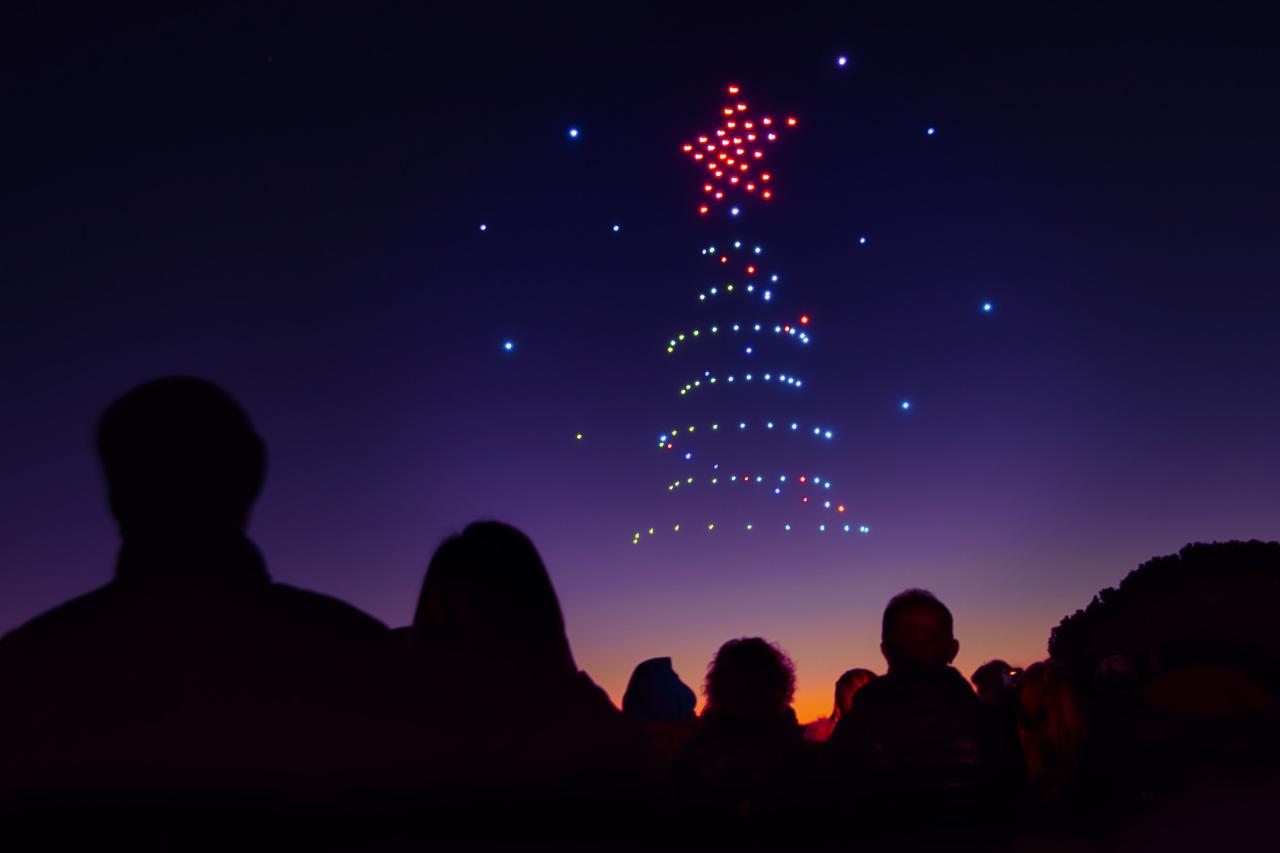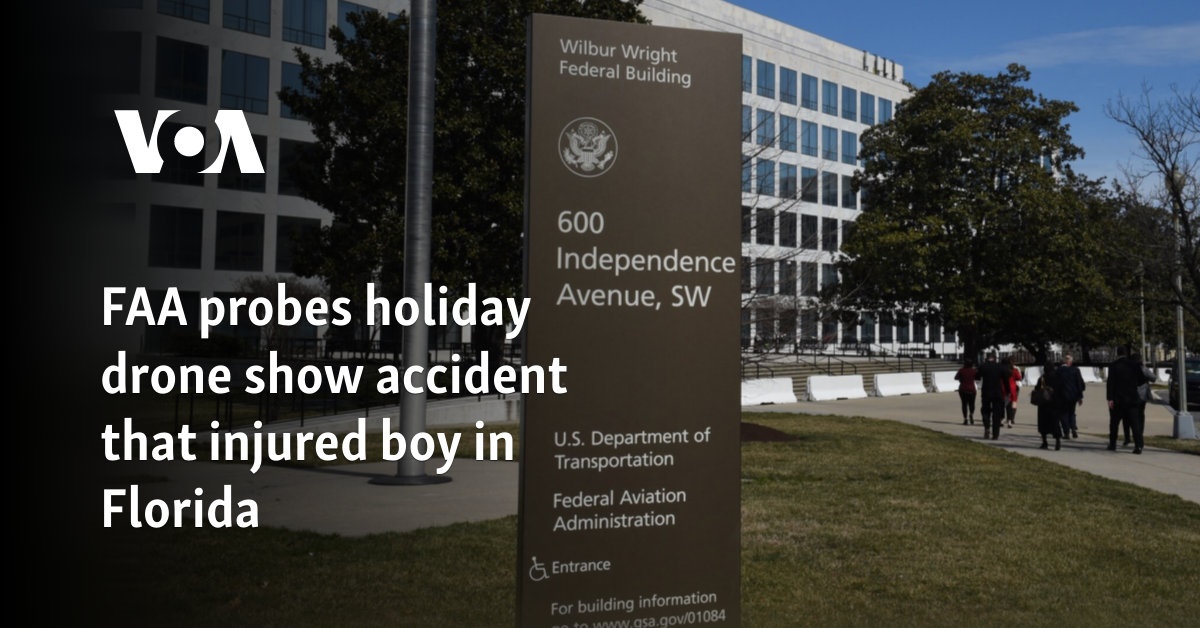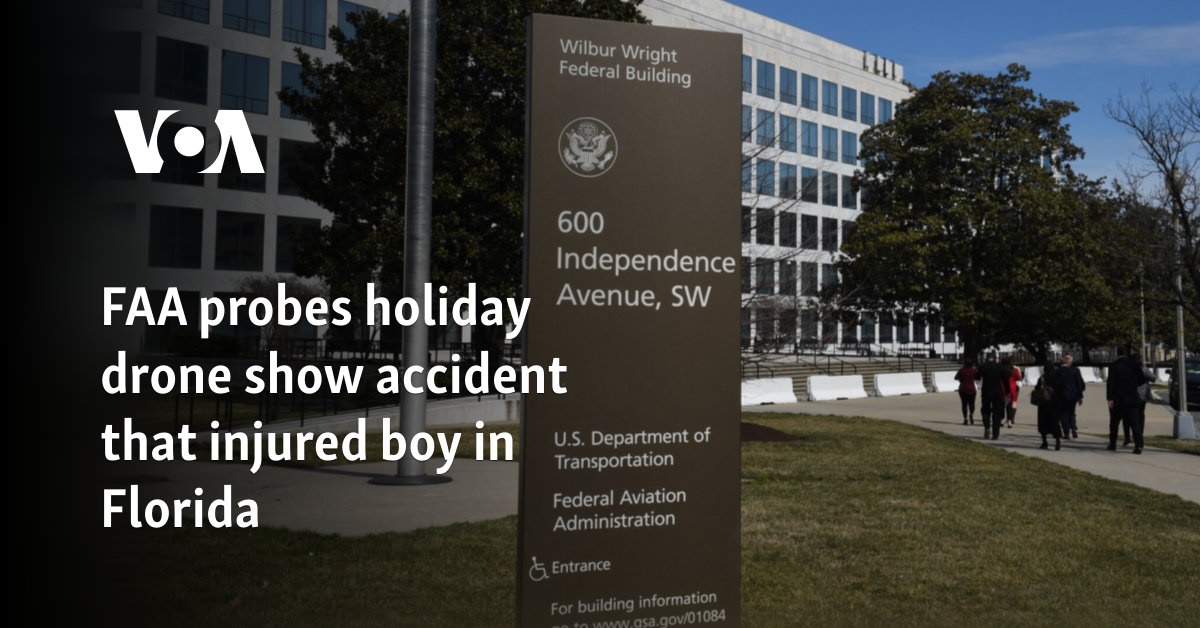Drone show accidents, while relatively rare, highlight the complex interplay of technology, human factors, and environmental conditions. These spectacular displays of aerial artistry carry inherent risks, demanding rigorous safety protocols and technological advancements to mitigate potential hazards. Understanding the causes of these incidents, from simple malfunctions to catastrophic failures, is crucial for ensuring the future safety and continued growth of the drone show industry.
This exploration delves into the multifaceted nature of drone show accidents, examining common causes, preventative measures, and post-incident procedures. We will analyze various accident types, ranging from minor glitches to significant crashes, and investigate the role of both technological failures and human error. Furthermore, we will explore the crucial aspects of safety regulations, insurance, and liability within this rapidly evolving field.
Drone Show Accidents: A Comprehensive Overview
Drone shows, while captivating spectacles of light and technology, are not without risk. Accidents, though relatively infrequent, can range from minor malfunctions to serious incidents involving property damage or even injury. Understanding the causes, prevention strategies, and post-accident procedures is crucial for ensuring the safe and responsible operation of drone shows globally.
Recent drone show accidents highlight the need for robust safety protocols. For instance, monitoring the flight paths, like those possibly captured by the cobequid pass camera , could offer valuable data for post-incident analysis. This data could then inform improvements in future drone show planning and execution, mitigating the risk of similar incidents.
Types of Drone Show Accidents

Drone show accidents can be categorized based on their severity and the underlying causes. Malfunctions can stem from various factors, including technological failures, environmental conditions, and human error. These factors often interact, leading to complex accident scenarios.
| Accident Type | Cause | Severity | Environmental Factors |
|---|---|---|---|
| Single Drone Crash | GPS malfunction, battery failure | Minor (drone damage) | Low visibility, strong winds |
| Multiple Drone Collision | Software glitch, communication error | Major (multiple drone damage) | High winds, rain |
| Drone Crash into Audience | Pilot error, system failure | Critical (potential injuries) | Poor visibility, unexpected gust of wind |
| Uncontrolled Descent | Battery failure, loss of signal | Moderate (drone damage, potential property damage) | High winds, rain |
Safety Protocols and Regulations

Safety regulations for drone shows vary across countries, but common themes include pilot licensing, pre-flight inspections, and operational limitations. The specific requirements often depend on the scale and complexity of the show. Pilot training and certification play a vital role in preventing accidents by ensuring operators possess the necessary skills and knowledge to handle various situations.
Drone show accidents, while rare, highlight the inherent risks in these spectacular displays. The recent incident underscores the need for meticulous planning and safety protocols, a point emphasized by the impressive scale and technological advancements showcased at the orlando drone show. Understanding the complexities involved in these productions is crucial to preventing future mishaps and ensuring the continued safe enjoyment of drone light shows.
For example, some countries mandate a certain number of flight hours and rigorous testing before granting a license for drone show operation, while others rely more on a self-certification system with guidelines and best practices. This contrast reflects the differing approaches to regulating this emerging technology.
A comprehensive pre-flight inspection checklist should include:
- Drone system check (batteries, motors, propellers, GPS)
- Flight plan review and approval
- Weather conditions assessment
- Communication system test
- Emergency procedures review
Technological Failures and Mitigation
Technological failures contribute significantly to drone show accidents. These failures often involve GPS malfunctions, battery issues, or software glitches. However, technological advancements are continuously improving the safety and reliability of drone shows.
Recent drone show accidents highlight the potential risks associated with large-scale drone operations. The precision required is immense, as evidenced by the unfortunate incidents we’ve seen. Consider the complexities further, amplified by events like the kazan drone attack , which underscores the need for robust safety protocols and advanced technology to prevent similar mishaps in future drone shows.
Ultimately, minimizing the chance of accidents necessitates continuous improvement in both drone technology and operational strategies.
| Technological Failure | Likelihood | Mitigation Strategy | Example |
|---|---|---|---|
| GPS Malfunction | Moderate | Redundant GPS systems, visual navigation backup | Using multiple GPS modules with independent signal processing. |
| Battery Failure | Moderate | High-quality batteries, battery monitoring systems, fail-safe mechanisms | Implementing a system that automatically lands the drone when the battery reaches a critical low level. |
| Software Glitch | Low | Rigorous software testing, redundant control systems | Developing and implementing a software update system that can address bugs and vulnerabilities quickly. |
Human Error and its Impact, Drone show accident

Human error remains a significant factor in drone show accidents. Pilot mistakes, poor planning, and inadequate communication can all lead to incidents. Fatigue, stress, and lack of experience further exacerbate the risk. Improving human performance requires robust training programs, clear communication protocols, and effective teamwork.
- Implement rigorous pilot training programs.
- Establish clear communication protocols between pilots and ground crew.
- Promote a safety-first culture within the drone show team.
- Enforce strict adherence to safety regulations and procedures.
- Regularly assess pilot performance and provide feedback.
Post-Accident Procedures and Investigations

A thorough investigation is crucial after any drone show accident to identify the root cause and prevent future incidents. This process typically involves data collection from flight logs, drone sensors, and witness accounts, followed by a detailed analysis. Regulatory bodies play a vital role in overseeing these investigations and ensuring compliance with safety standards.
Start -> Data Collection (Flight Logs, Drone Data, Witness Statements) -> Data Analysis (Identify Root Cause) -> Report Generation (Recommendations for Prevention) -> Implementation of Recommendations -> End
Insurance and Liability
Drone show operators need appropriate insurance coverage to protect themselves against financial losses arising from accidents. This coverage can include liability insurance to cover damages to property or injuries to third parties, as well as hull insurance to cover damage to the drones themselves. Understanding the legal and financial implications of drone show accidents is crucial for responsible operation.
The safe and successful operation of drone shows hinges on a comprehensive approach encompassing robust safety protocols, advanced technology, meticulous pilot training, and thorough post-accident investigations. By understanding the various factors contributing to accidents and implementing effective mitigation strategies, we can minimize risks and ensure the continued enjoyment of these captivating aerial spectacles while upholding the highest standards of safety and responsibility.
The future of drone shows lies in proactive risk management and a commitment to continuous improvement in safety practices.
Top FAQs: Drone Show Accident
What is the average cost of insurance for a drone show?
Insurance costs vary significantly based on factors such as the number of drones, show complexity, operator experience, and location. It’s best to obtain quotes from specialized drone insurance providers.
What are the legal penalties for operating drones unsafely during a show?
Penalties vary by jurisdiction but can include hefty fines, suspension of operating licenses, and even criminal charges depending on the severity of the incident and any resulting damages or injuries.
How long does a typical drone show accident investigation take?
The duration of an investigation depends on the complexity of the accident and the involvement of regulatory bodies. It can range from a few weeks to several months.
